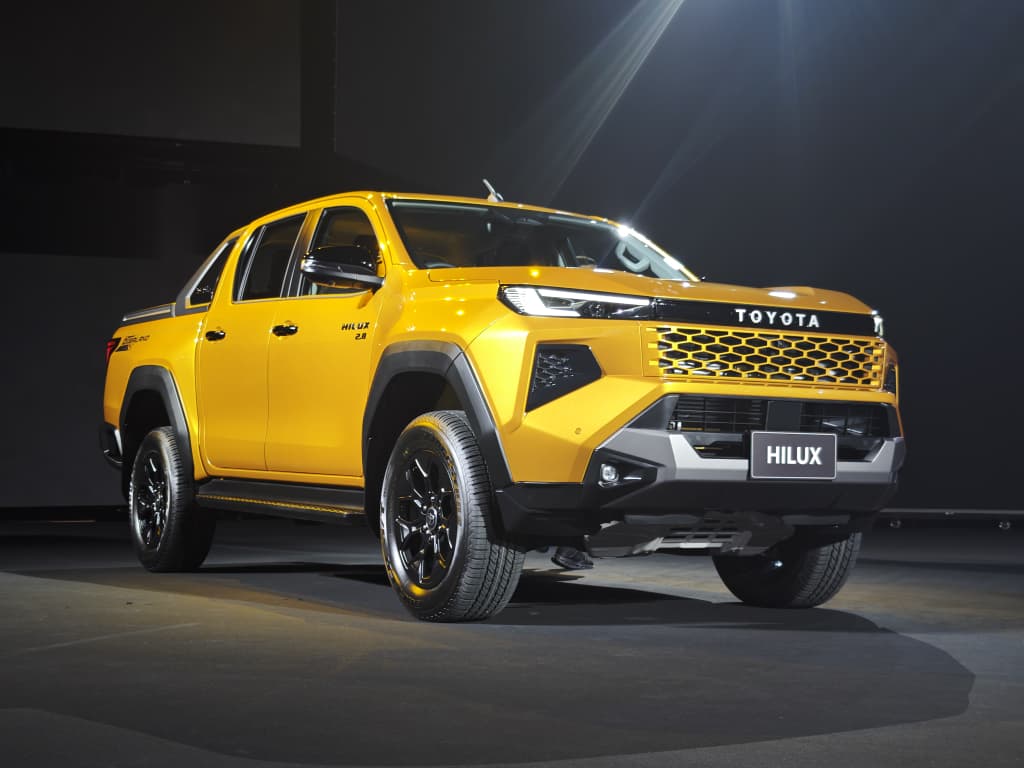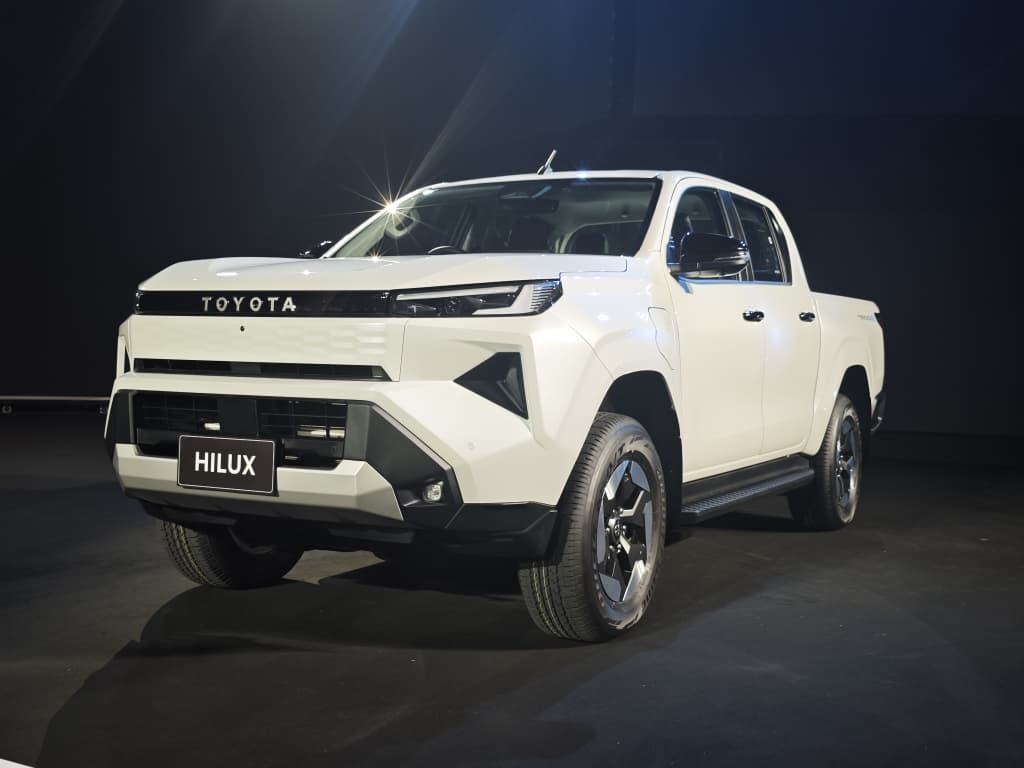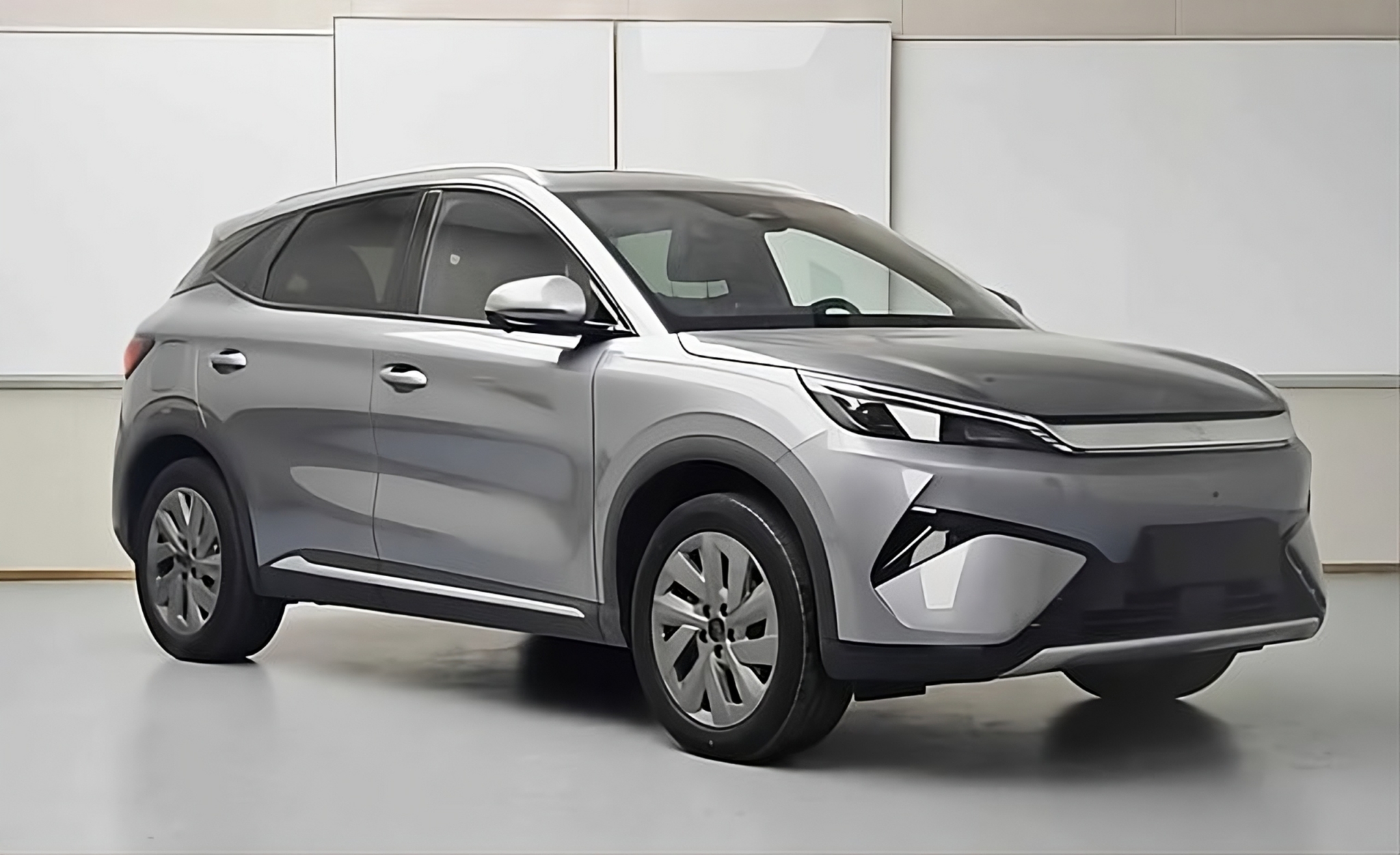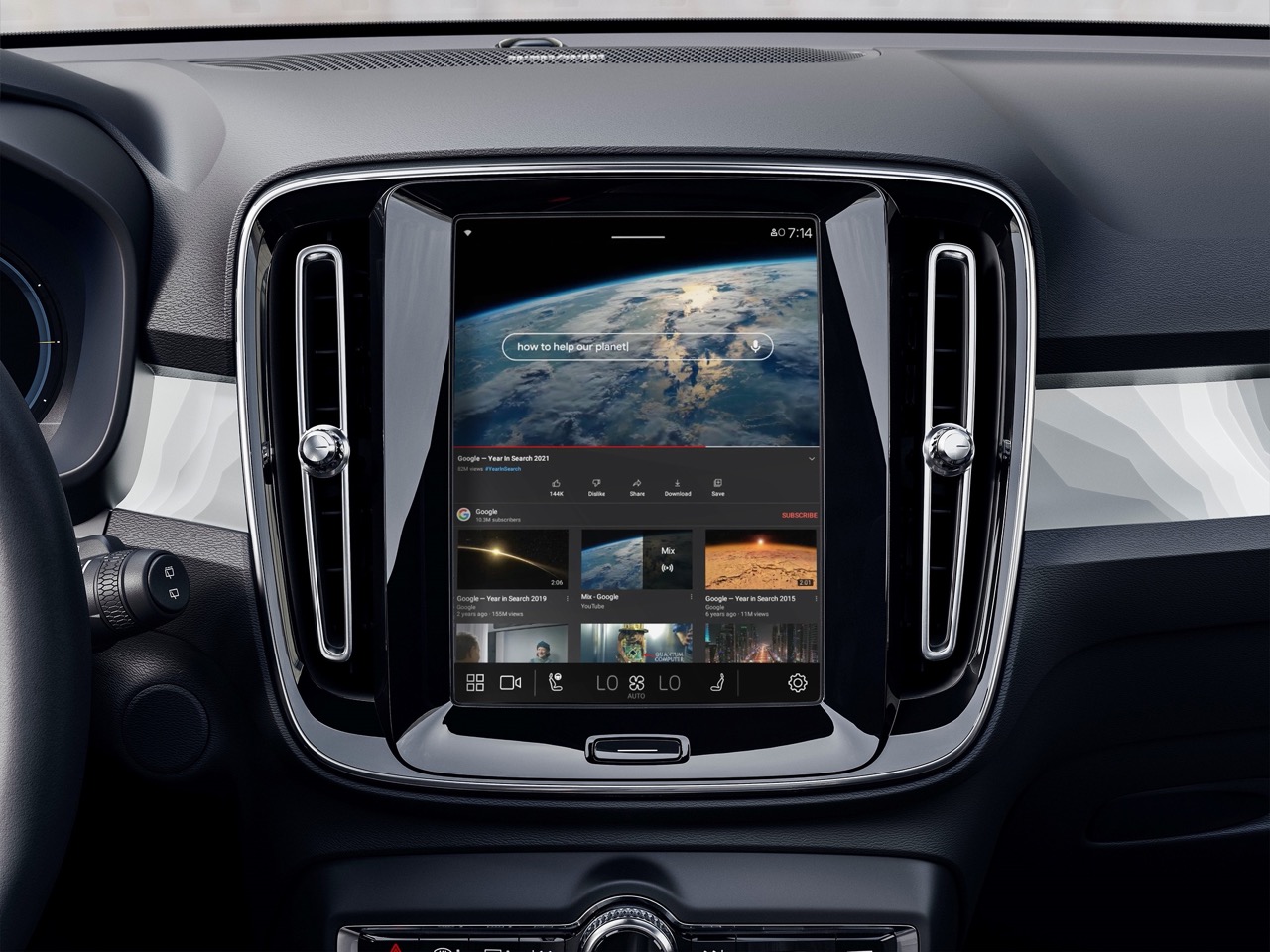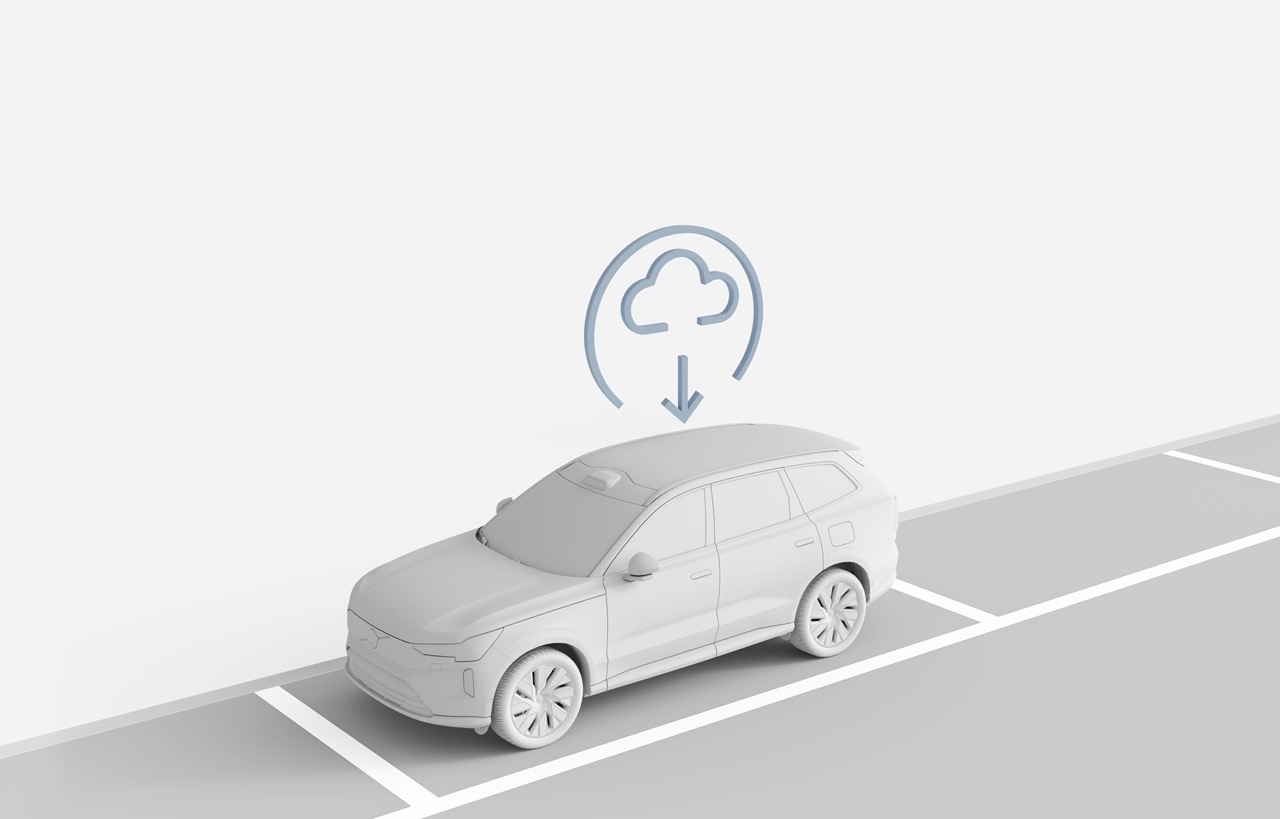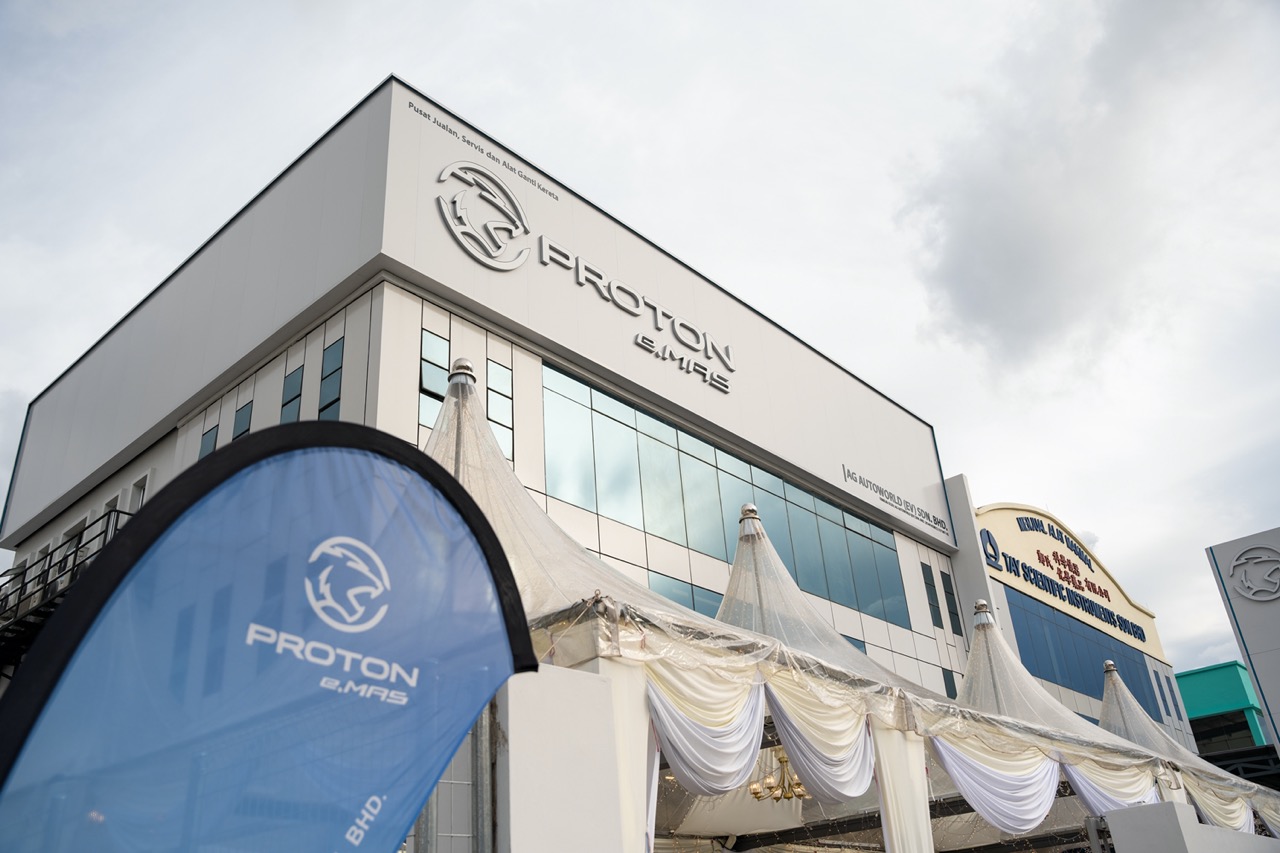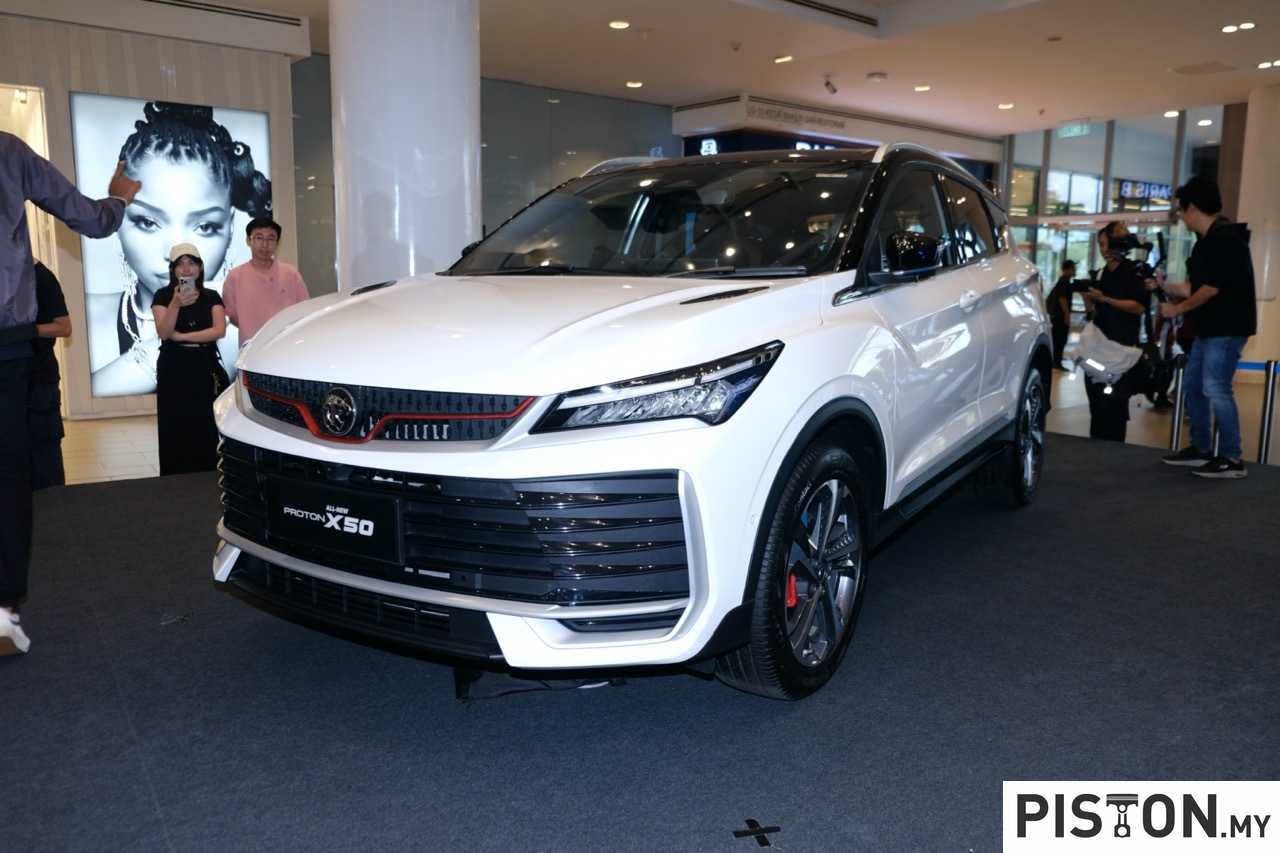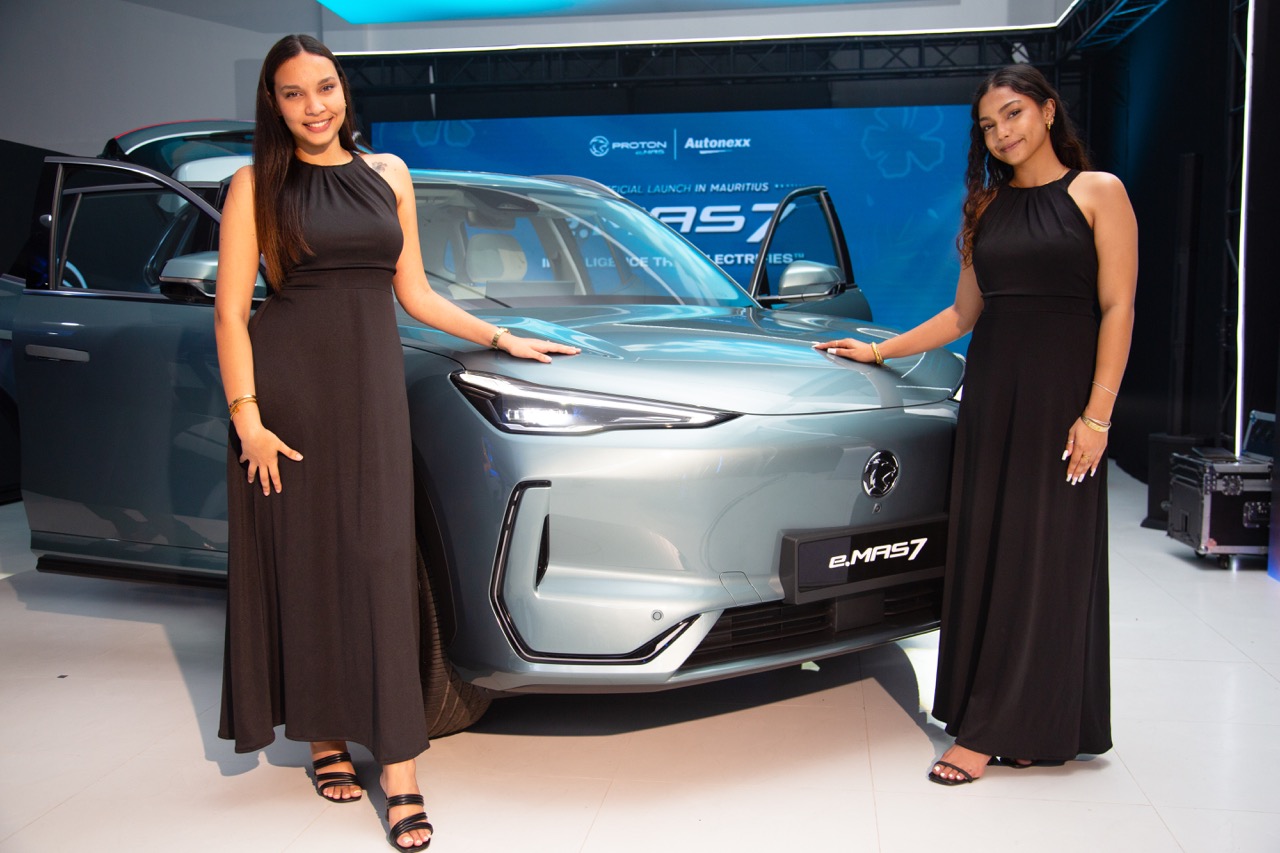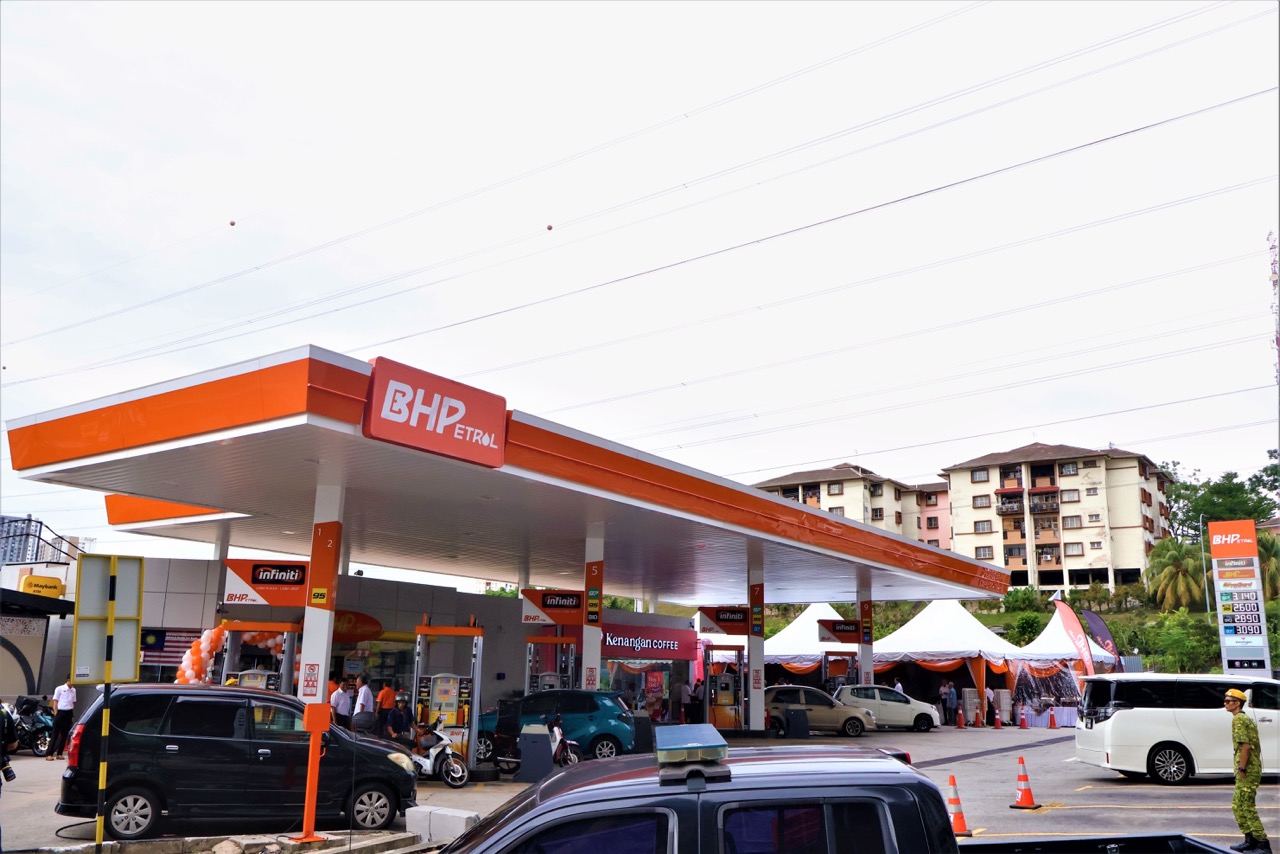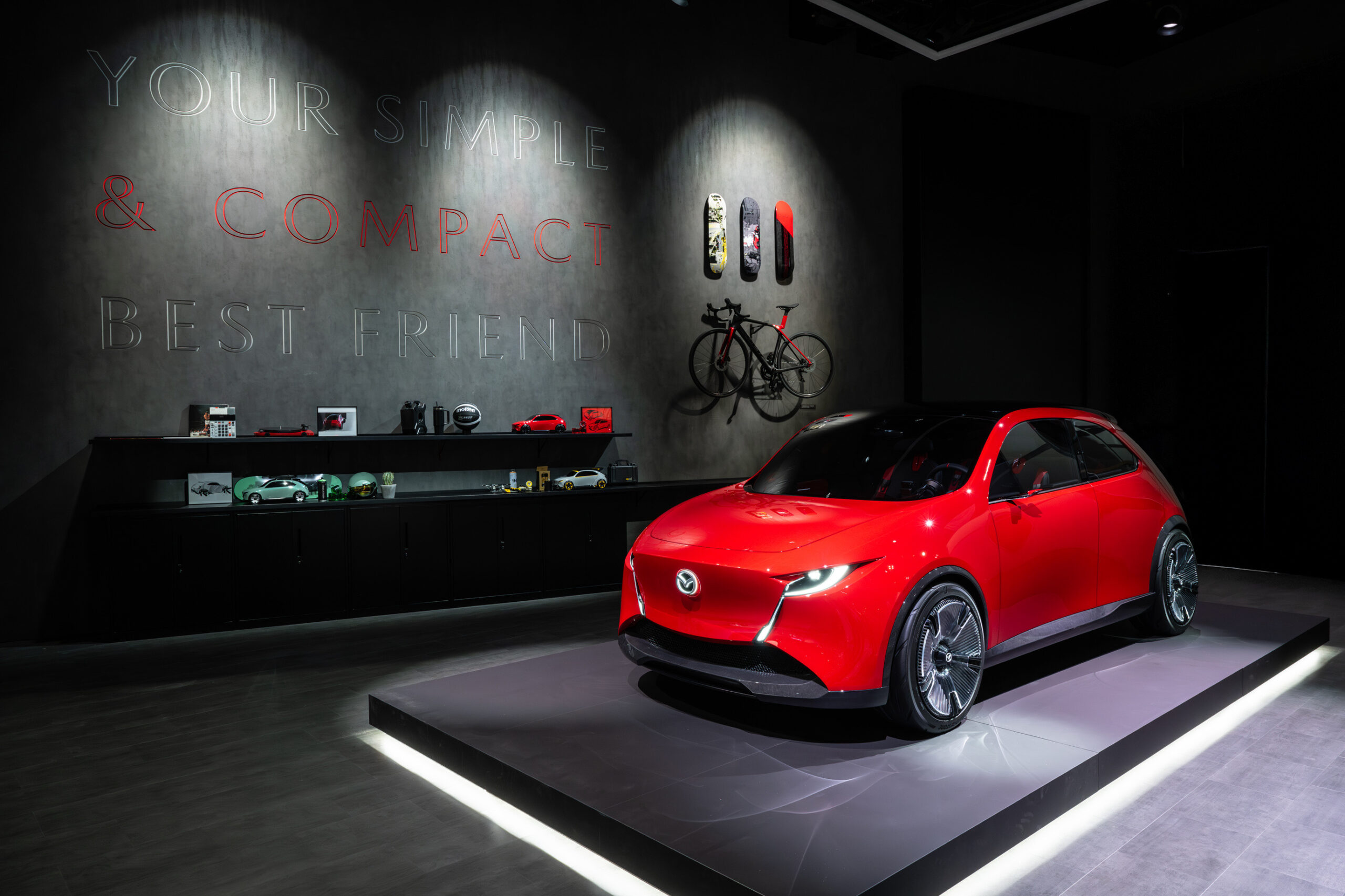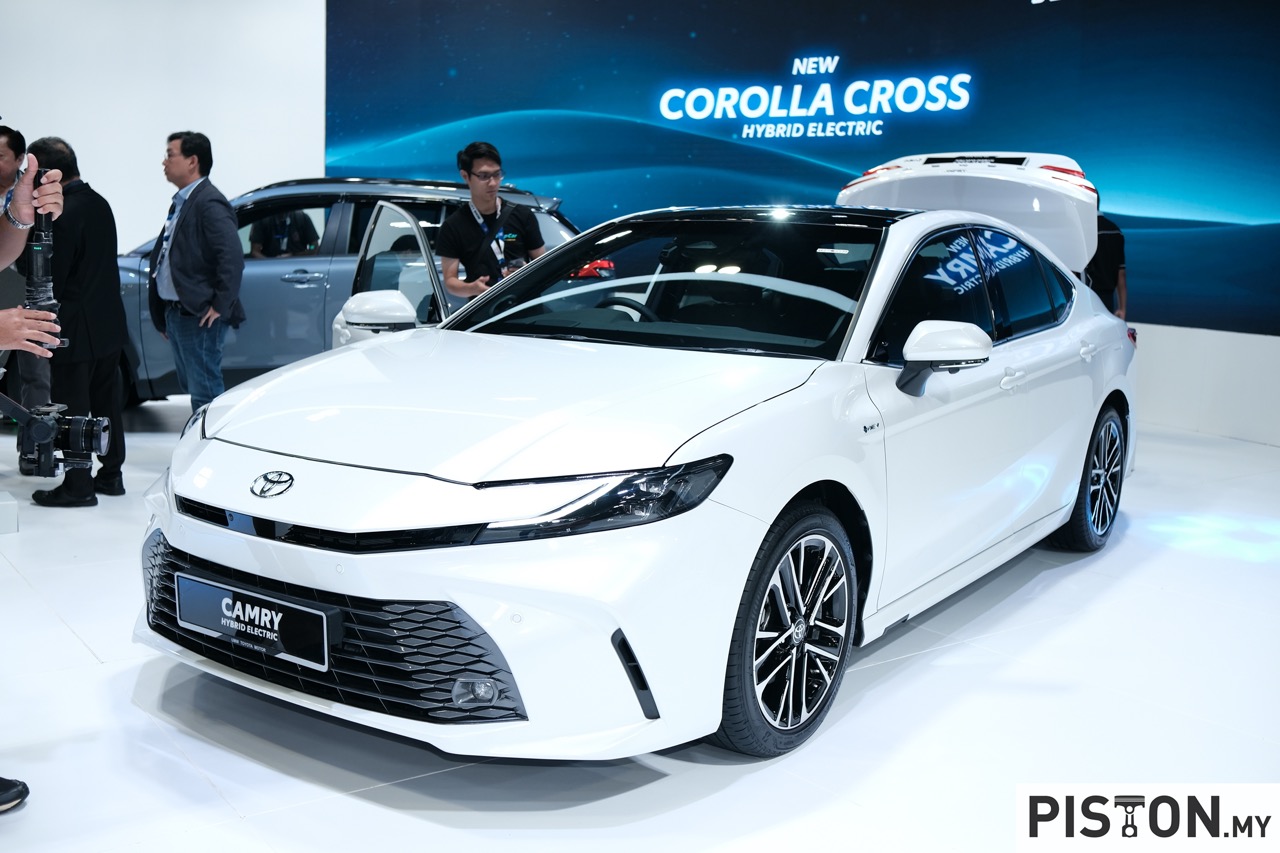Chery has officially unveiled the 2026 Tiggo 8, marking the fifth generation of its popular SUV nameplate. The new model, launched in China, introduces a bolder design language, upgraded technology, and a more refined driving experience, reaffirming Chery’s commitment to innovation in the mid-size SUV segment. The Tiggo 8 is now available in four variants, priced between 99,900 and 129,900 yuan (around RM65,000 to RM85,000), and is positioned as a premium, family-oriented five-seater.
From the outside, the new Tiggo 8 stands out with its fresh interpretation of Chery’s large-family design philosophy. Buyers can choose between two distinct front-end looks — the “Tiger” and the “Leopard.” Both share an assertive presence, featuring split-type matrix LED headlights and bold grille designs. The Tiger adopts a tooth-edged motif, while the Leopard’s grille features sharp, blade-like elements. Generous use of chrome accents further enhances the SUV’s premium appeal.
Along the sides, the “Hunting Shadow” body design introduces a dynamic and streamlined profile, accentuated by blacked-out wheel arches, roof pillars, and chrome window surrounds that give it a sporty yet elegant appearance. At the rear, a full-width LED light bar and large “CHERY” lettering give the SUV a strong visual identity.
Inside, Chery has given the Tiggo 8 a complete makeover with two distinctive cabin themes — the “Dawn Forest Wrap” for the Tiger and the “Galaxy Jungle Dynamic” for the Leopard. Both variants feature large digital displays, including a 15.6-inch infotainment screen paired with a 13.2-inch secondary display and a 10.25-inch digital instrument cluster.



